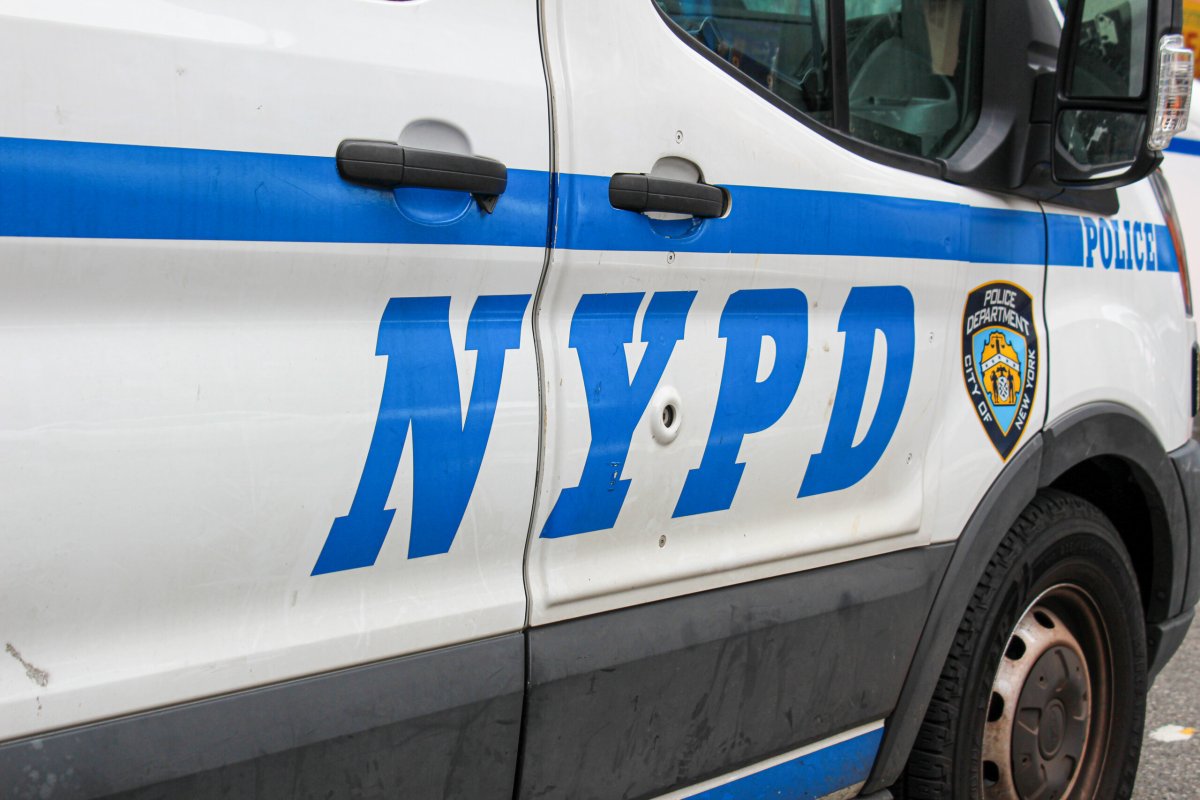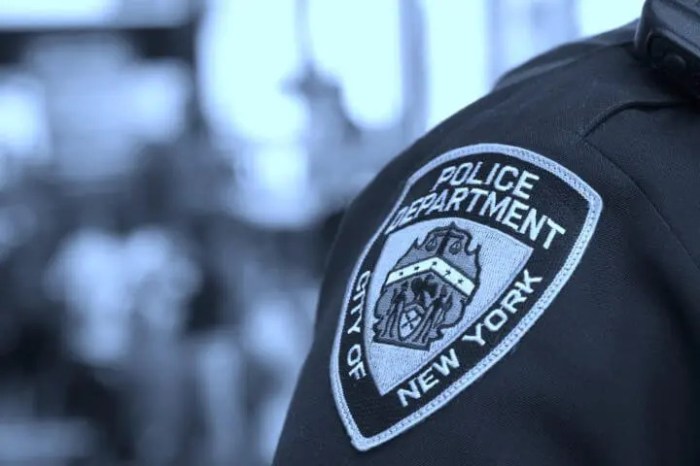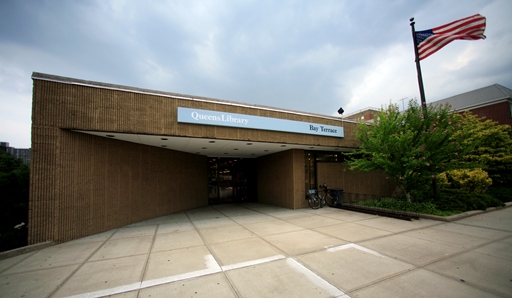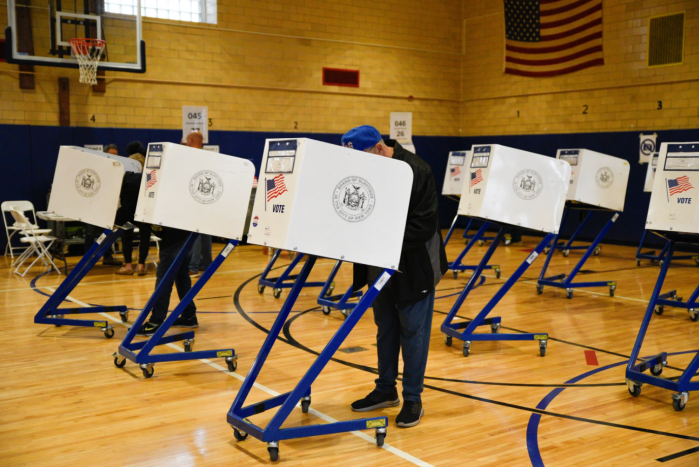The number of vehicles reported stolen trended downward across northern Queens over the last month when compared to the same period in 2022, according to the latest crime stats released by the NYPD on Monday. At the same time, southern Queens experienced an uptick in cases during this time.
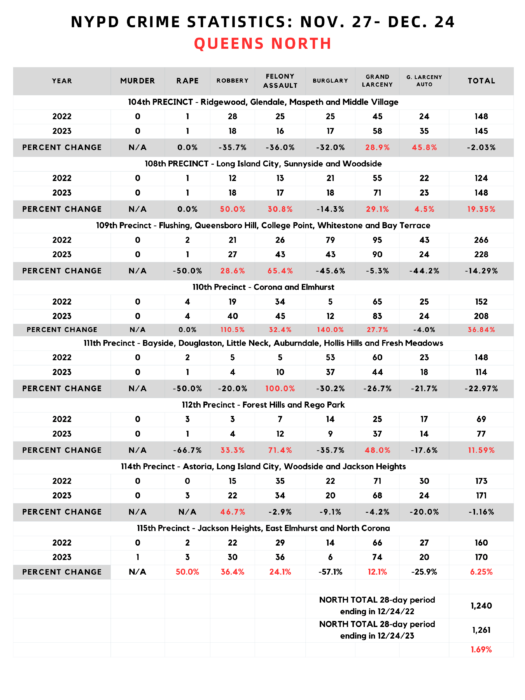
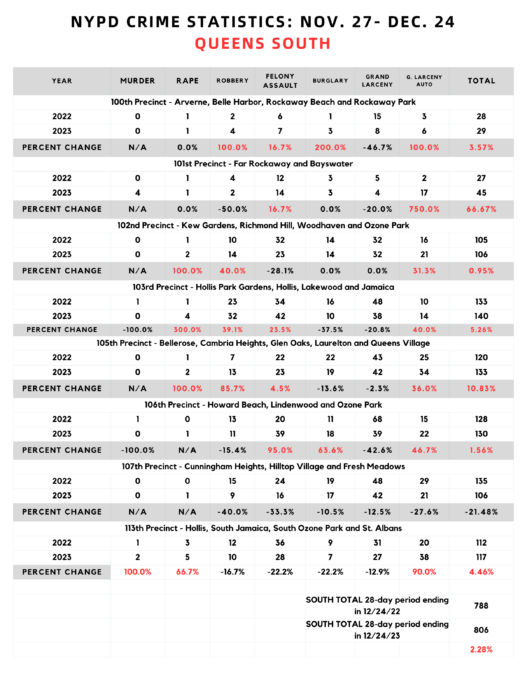
During the 28-day period ending Dec. 24, the number of vehicles reported stolen (classified by the NYPD as grand larcenies of automobiles) dropped 13.7% in northern Queens, from 211 cases last year to 182 this year. The biggest drop was seen within the confines of the 109th Precinct, which covers Flushing, Queensboro Hill, College Point, Whitestone and Bay Terrace. Cases there fell from 43 to 24.
Despite the drop in grand larcenies of automobiles in northern Queens during the 28-day period compared to last year, the area has seen an increase in these cases for the year through Dec. 24, compared to 2022. Year-to-date, grand larcenies of automobiles have increased 33.3% in northern Queens, from 1,969 last year to 2,624.
In southern Queens, grand larcenies of automobiles rose 44.2% during the 28-day period compared to last year, from 120 to 173. The 113th Precinct, which covers Hollis, South Jamaica, South Ozone Park and St. Albans, had the most significant increase, with cases rising from 20 to 38.
A similar trend is present for the increase in these cases in southern Queens throughout the year through Dec. 24. Year-to-date, the number of grand larcenies of automobiles has increased 16.3%, from 1,566 to 1,821.
During the 28-day period, the number of major crimes—which include murder, rape, robbery, felony assault, burglary, grand larceny and grand larceny of vehicles—increased in both northern and southern Queens compared to last year. In northern Queens, major crimes went up 1.61%, from 1,241 last year to 1,261 this year. Meanwhile, southern Queens experienced a 2.54% increase, from 788 to 808.

